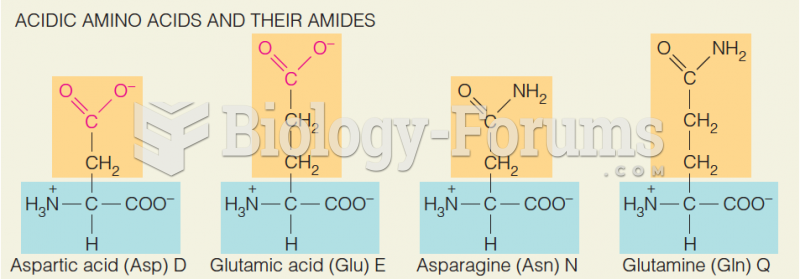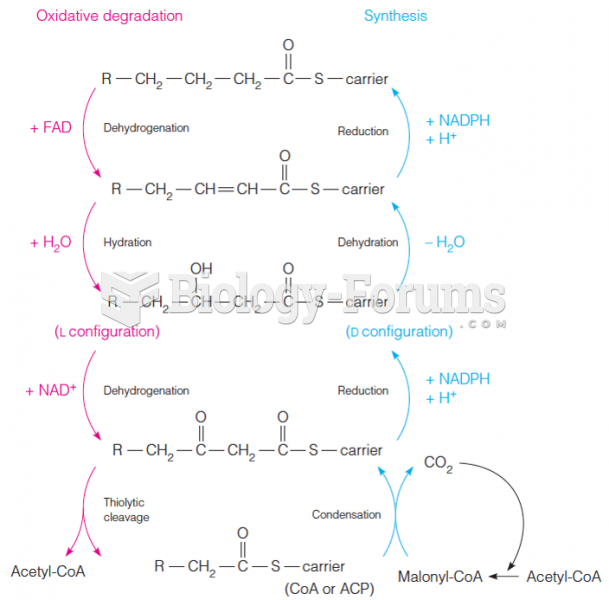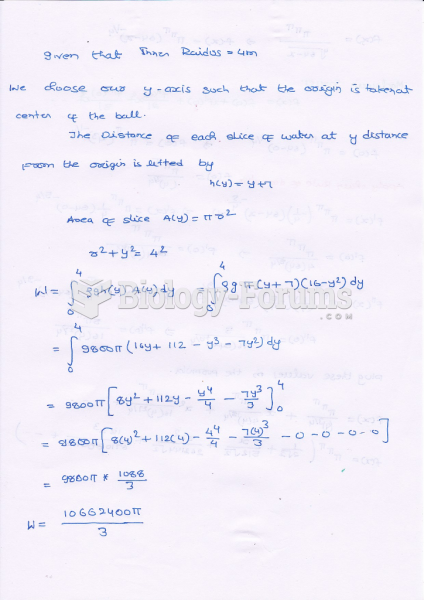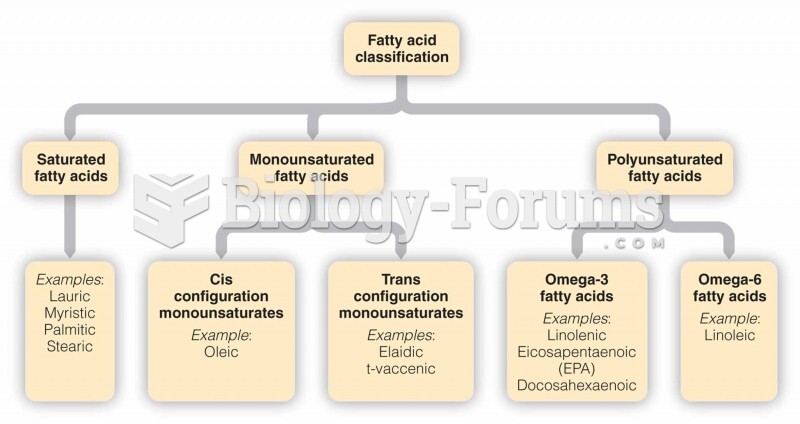Which of the following fatty acids has the
lowest melting point?
A)

B)

C)

D)

E)
 Question 2
Question 2The last step in the following isomerization is:

A)
protonation at C-3 or C-6.
B)
protonation at C-2 or C-7.
C)
loss of a proton from C-3 or C-6.
D)
loss of a proton from C-2 or C-7.
E)
formation of a bond between C-6 and C-2.
Question 3The first step in the following reaction is:

A)
protonation at C-3 or C-6.
B)
protonation at C-2 or C-7.
C)
loss of a proton from C-3 or C-6.
D)
loss of a proton from C-2 or C-7.
E)
formation of a bond between C-6 and C-2.
Question 4A reaction sequence that would accomplish the following transformation is:

A)
1. CH
3(CH
2)
9CCH(CH
3)MgBr 2. H
2SO
4, SO
3 3. NaOH
B)
1. CH
3(CH
2)
8COCl, AlCl
3 2. H
2SO
4, SO
3 3. CH
3MgBr, H
3O
+ 4. H
2, Pd/C 5. NaOH
C)
1. H
2SO
4, SO
3 2. CH
3(CH
2)
9CH=CH
2, HF 3. NaOH
D)
1. CH
3(CH
2)
9CH=CH
2, HF 2. H
2SO
4, SO
3 3. NaOH
E)
1. H
2SO
4, SO
3 2. CH
3(CH
2)
9CH(CH
3)MgBr 3. NaOH
Question 5What reagent can be used to reduce testosterone to a secondary alcohol?

A)
HCl
B)
NH
3 C)
CH
3CO
3H
D)
NaBH
4 E)
Ag
2O
Question 6What class of compound is produced when acetic anhydride reacts with cholesterol?

A)
amide
B)
ester
C)
ketone
D)
amine
E)
ether
Question 7What mechanism is involved in the formation of a cationic detergent shown below?

A)
S
N1
B)
S
N2
C)
nucleophilic acyl substitution
D)
nucleophilic acyl addition
E)
free radical addition
Question 8Which of the following triglycerides affords three moles of the same saturated fatty acid upon saponification followed by protonation?

A)
I
B)
II
C)
III
D)
IV
E)
II and IV
Question 9On saponification with sodium hydroxide, which fat or oil will yield two moles of the sodium salt of stearic acid and one mole of the salt of oleic acid?

A)
I
B)
II
C)
III
D)
IV
E)
V
Question 10What reagent will convert an unsaturated glyceride to a saturated glyceride?
A)
Zn/H
B)
LiNH
2 C)
NH
3 D)
H
2, Ni
E)
NaOBr







